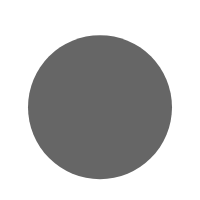



Have you ever looked up at the sky after it rains and spotted a beautiful rainbow? That magical arc of colors always makes us smile! But have you ever wondered how a rainbow is made?
Let’s explore the science behind this natural wonder — explained in a way that even young kids can understand!
A rainbow is a colorful arc that appears in the sky when sunlight and raindrops come together in just the right way. It’s not painted in the sky — it’s a result of light, water, and angles!
Here’s a step-by-step explanation:
This entire process creates a rainbow!
The rainbow has 7 colors, and they always appear in the same order:
🔴 Red
🟠 Orange
🟡 Yellow
🟢 Green
🔵 Blue
🟣 Indigo
🟤 Violet
An easy way to remember them is the word VIBGYOR – made using the first letters of each color!
Yes! You can create a mini rainbow using a glass of water and sunlight, or even with a CD and flashlight. It’s a fun and safe way to show kids how light can split into different colors.
Would you like a step-by-step experiment for this? Let me know in the comments!
Understanding how rainbows are made is a fun introduction to basic science concepts like light, reflection, and refraction. It helps kids build curiosity and appreciate the magic of nature!
Rainbows remind us that there is beauty after the rain. Whether you’re explaining this to a toddler or a curious preschooler, it’s a great opportunity to mix learning and wonder. So next time your child spots a rainbow, you can proudly explain the science behind it!